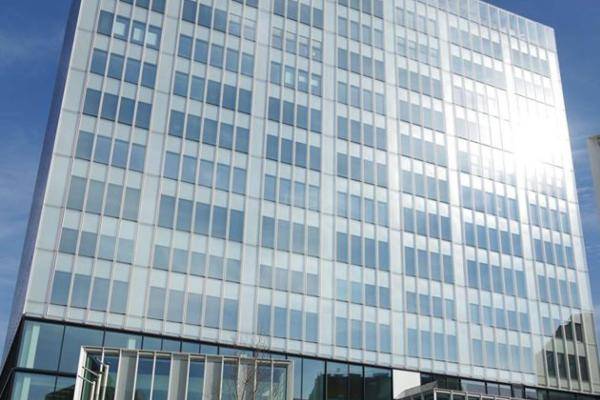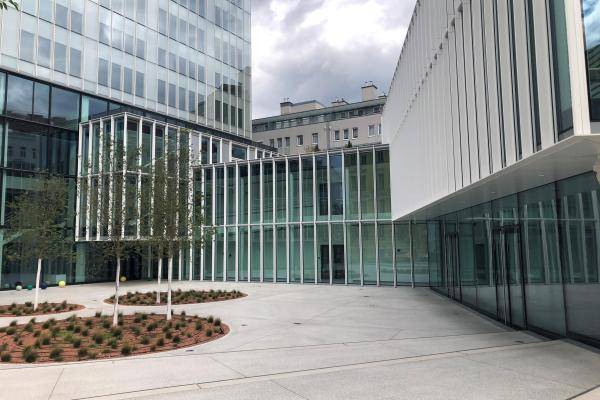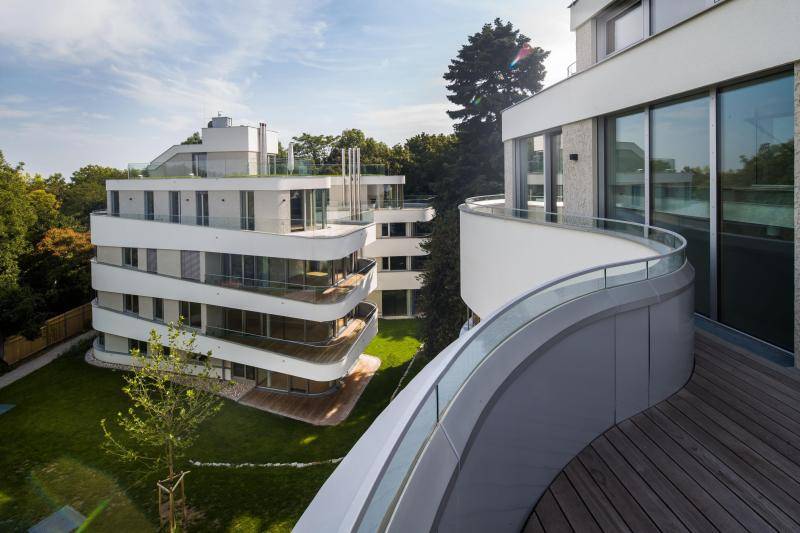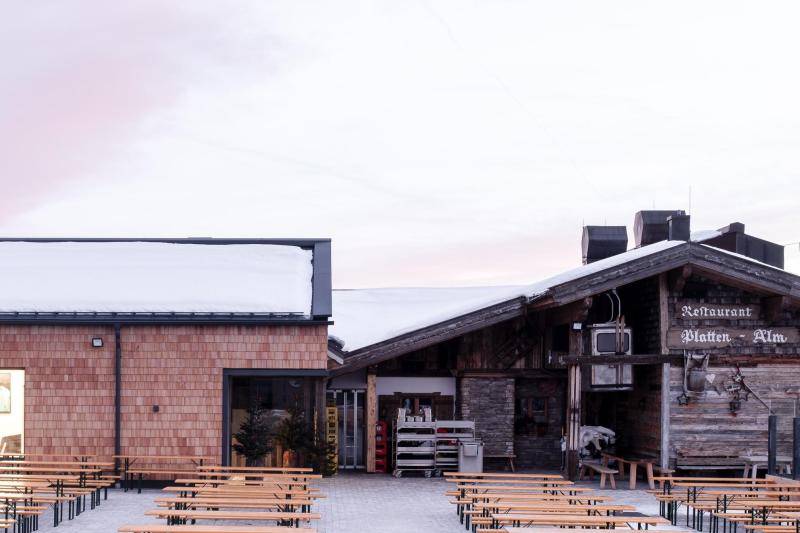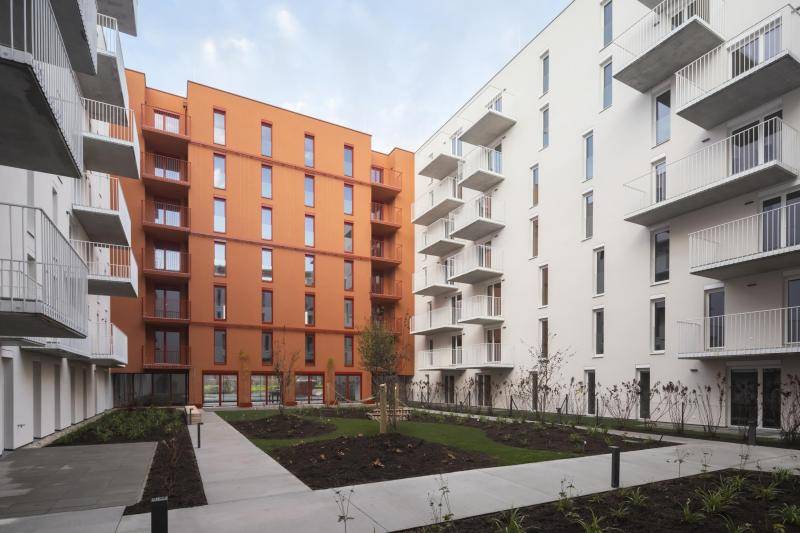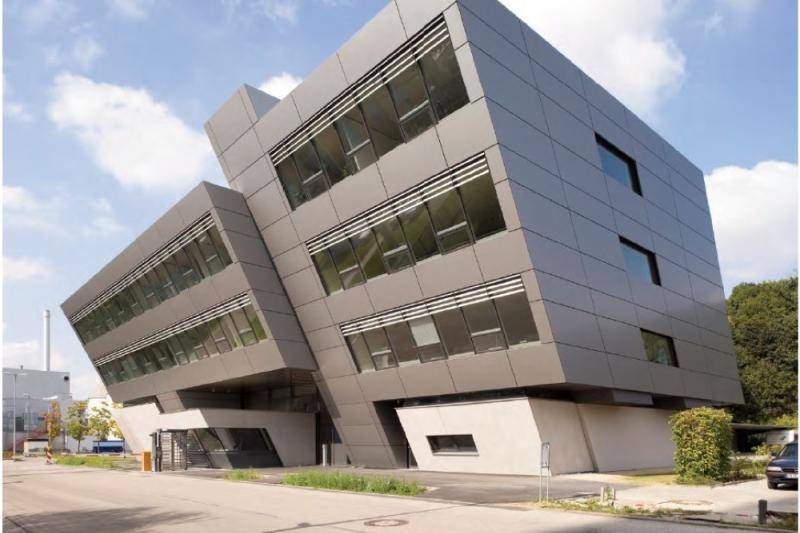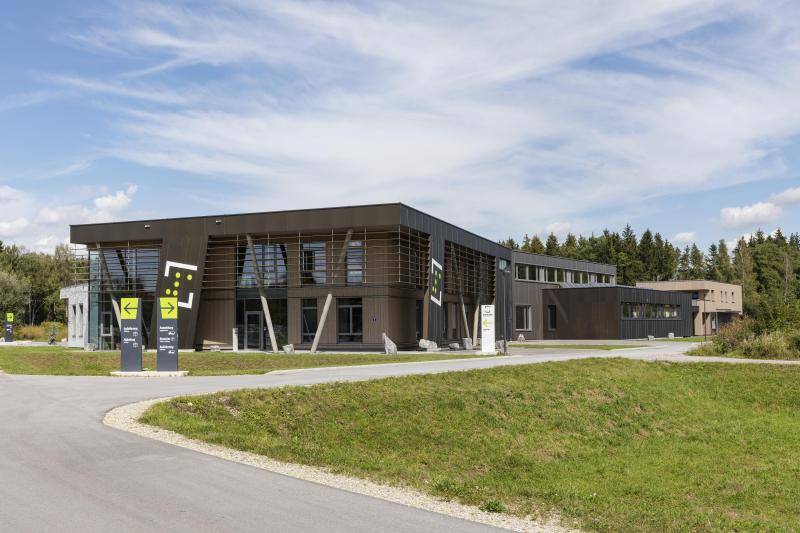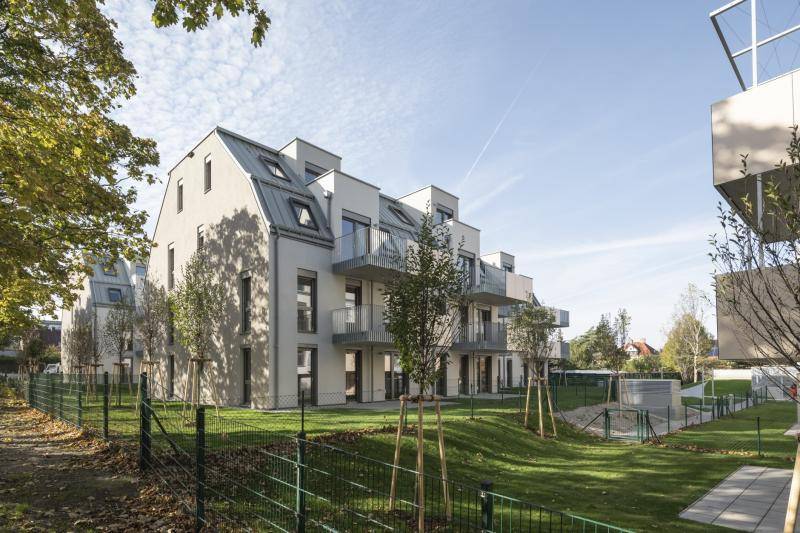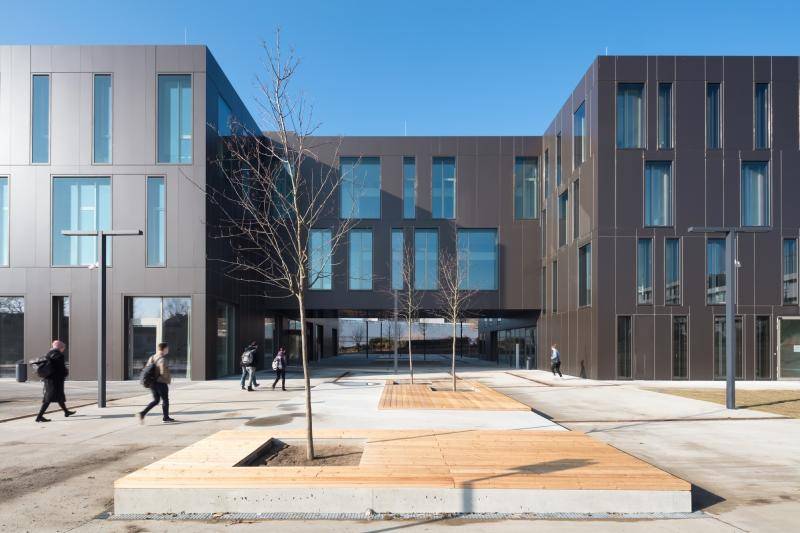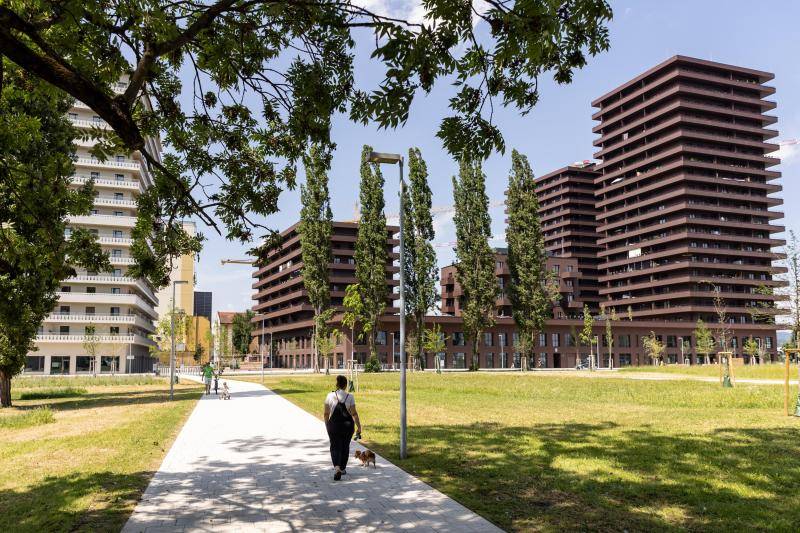Das Haus der sozialen Sicherheit
After a two-year renovation phase, the approximately 350 employees of the Main Association of Social Insurance Institutions were able to move back into their headquarters in Vienna Landstrasse. The winning project of the international competition was penned by the Paris-based architectural firm Chaix & Morel et Associés. Component-activated ceilings and a sophisticated energy concept helped the building win klimaaktiv Gold.
Dachverband der österreichischen Sozialversicherungen
2020
Building physics: Schöberl & Pöll GmbH; building services: ZFG - Projekt GmbH, TB Eipeldauer + Partner GmbH; general contractor: Arge UNH Habau Östu Stettin
12.062 m²
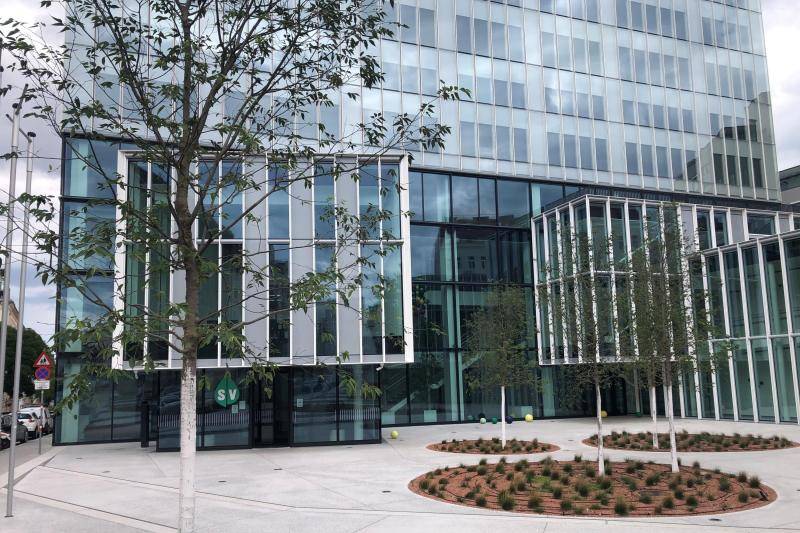
In order to meet the EnerPHit passive house standard, the building envelope of the solid construction was replaced by a new mullion and transom facade, which is energetically optimized. At the same time, the building technology sets a new benchmark for comparable renovation projects. The heating system is based on district and local heating, and the ventilation system operates with heat recovery. A photovoltaic system with almost 150 kWp adorns the flat roofs of the main building and the annexes as a "fifth facade". Heating requirements were reduced by a total of about 1.6 million kWh/a, resulting in annual CO2 savings of more than 430 tons. The goal was to realize a zero-energy office building as a lighthouse project. A property was created that has won several awards for the interplay of energy efficiency with optimal facade insulation and minimized energy consumption. In the course of the general renovation, two certificates were acquired: Klimaaktiv Gold and Greenpass Certification Optimization Silver. The third certificate is the EnerPHit standard.
Through component activation of the exposed concrete ceilings, their mass can be effectively used for heating and cooling. As soon as the outside temperature is below the inside temperature of the building, a night ventilation system is also used. In this way, the temperature reduction of the storage masses of the building core takes place with minimal energy input and extreme effectiveness. In terms of its appearance, the new "House of Social Security" is not only part of an illustrious circle, but has advanced to become an inviting neighborhood center with an exemplary function.
(Text: Linda Pezzei; Z+B magazine; in shortened form)
